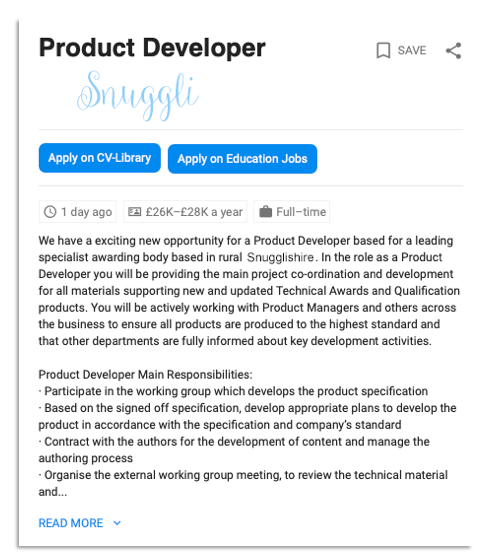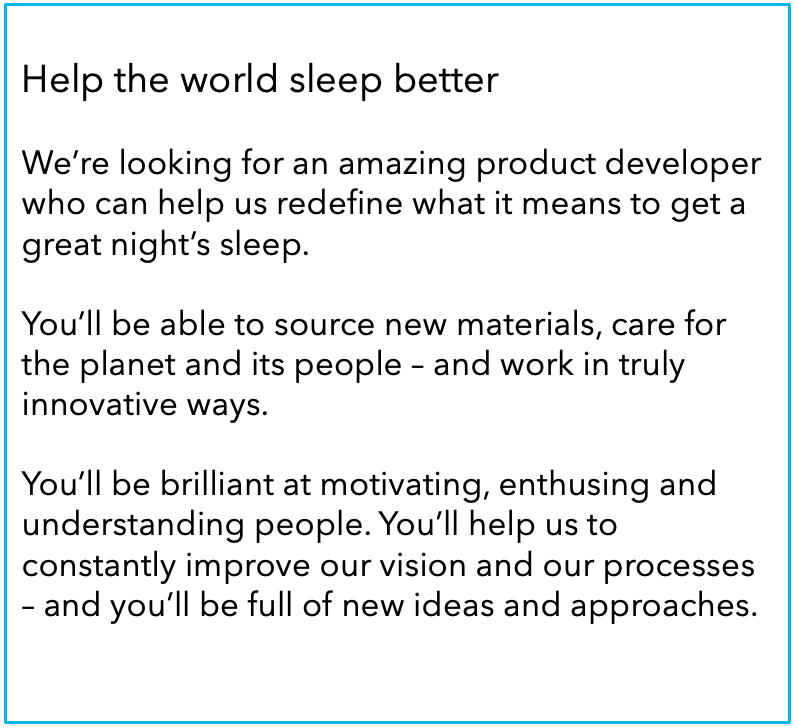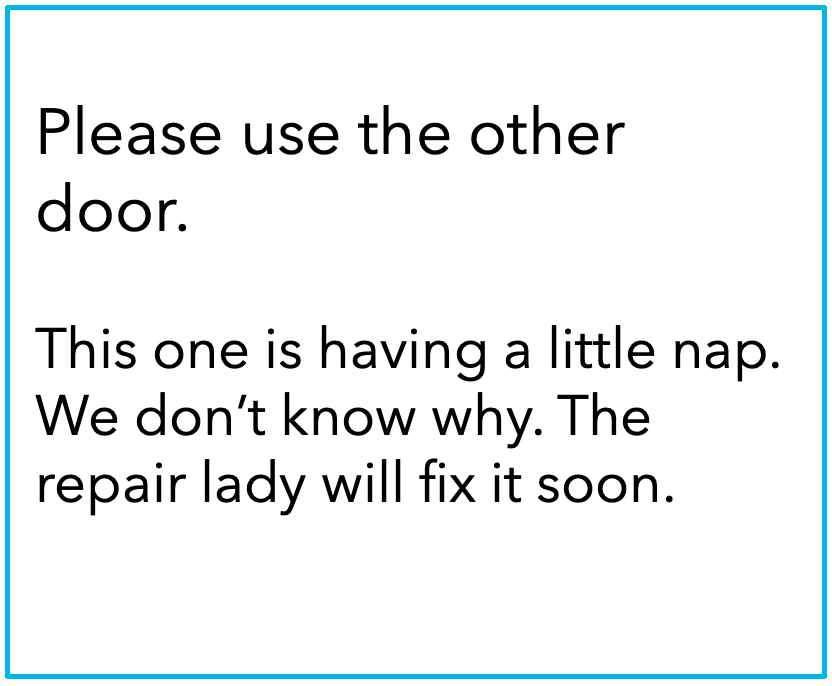
There are really good reasons for organisations to be focusing on their “purpose” right now.
We live in fast-moving, unpredictable times – and a brand purpose can provide consistency when everything else is constantly changing. Employers who can articulate what their company stands for are more likely to attract candidates looking for meaning in their work. And while “brand” is sometimes only understood in terms of logos and design, “purpose” is understood more holistically, as something that both unites and describes organisations.
Read more in our post: What is brand purpose?
Defining and documenting a brand purpose is just the beginning. To make it really come to life internally and externally, you need to adopt it as a consistent approach in your communications.
Or, in other words, your purpose has to become the way you tell your story.
In previous posts on brand purpose, we’ve talked about a fictitious brand called Snuggli. Snuggli makes mattresses – and it has decided to make its purpose all about sleeping well at night.
“Sleep well” has a double meaning. It means you get a great night’s sleep because of Snuggli’s innovative design and quality materials. It also talks about Snuggli’s high environmental standards – which mean you have a clear conscience when you buy their mattresses.
“Sleep well” is a strong purpose and positioning. It leads to values of “People”,“Planet” and “Vitality”.
“People” means Snuggli puts people first – in its supply chain, in its design, in its customer care and in the way it looks after its teams. “Planet” means Snuggli works in environmentally sustainable ways – and “Vitality” means that Snuggli prioritises innovation for wellbeing.
When you’ve got a great strategy – get it out there
Sleep well – and People, Planet and Vitality – is a great strategy. However, many organisations have brilliant brand strategies that are only known to a handful of people.
To be known for a purpose, an organisation has to take every opportunity to tell their story over and over – in every form of communication.
Quite often, what you see is a brand’s story being told in its “About us” area of the website – and maybe in a couple of high-level brochures. This organisation’s story is being used like a pretty topper on a cake. So at first glance, you see a promising purpose… but underneath all you get is the same vanilla sponge as everywhere else.
If you want your purpose to flavour your cake, give it texture – and fill the air around it with irresistible aroma – you have to infuse everything with it.
The kinds of communications that are more often “vanilla” than “purpose” include:
- Job ads
- HR documents like handbooks, policy documents and contracts
- Notices – to show machines aren’t working or the times the canteen is open
- Transactional emails
- Instructions
With this lovely brand purpose, it would be a missed opportunity for Snuggli to post a job ad like this:

The job ad is an opportunity for Snuggli to:
- Tell the story of its purpose
- Attract people who are inspired by it
- Repel people who aren’t a great fit
By using the messages in the brand purpose, the ad becomes more effective:

Even small, seemingly inconsequential communications are important:


If you ever want to chat about articulating your brand purpose and bringing it to life, you know where we are.
